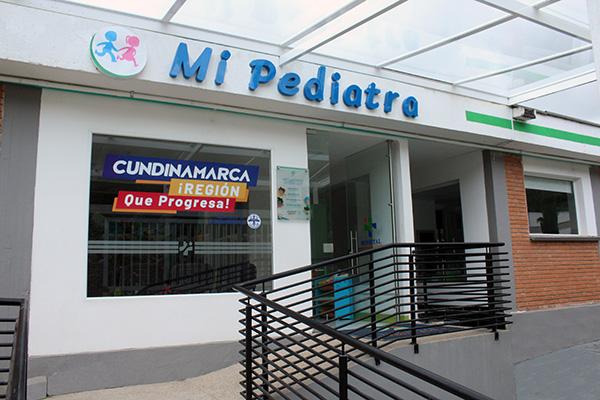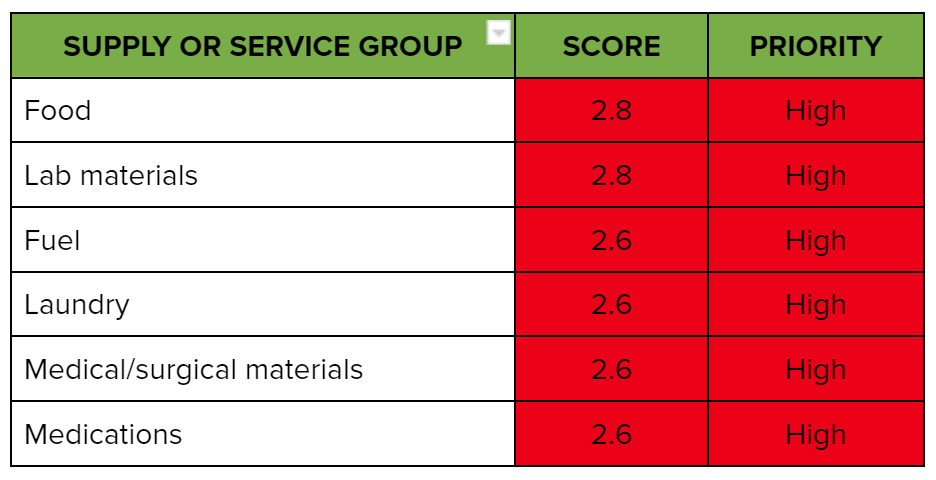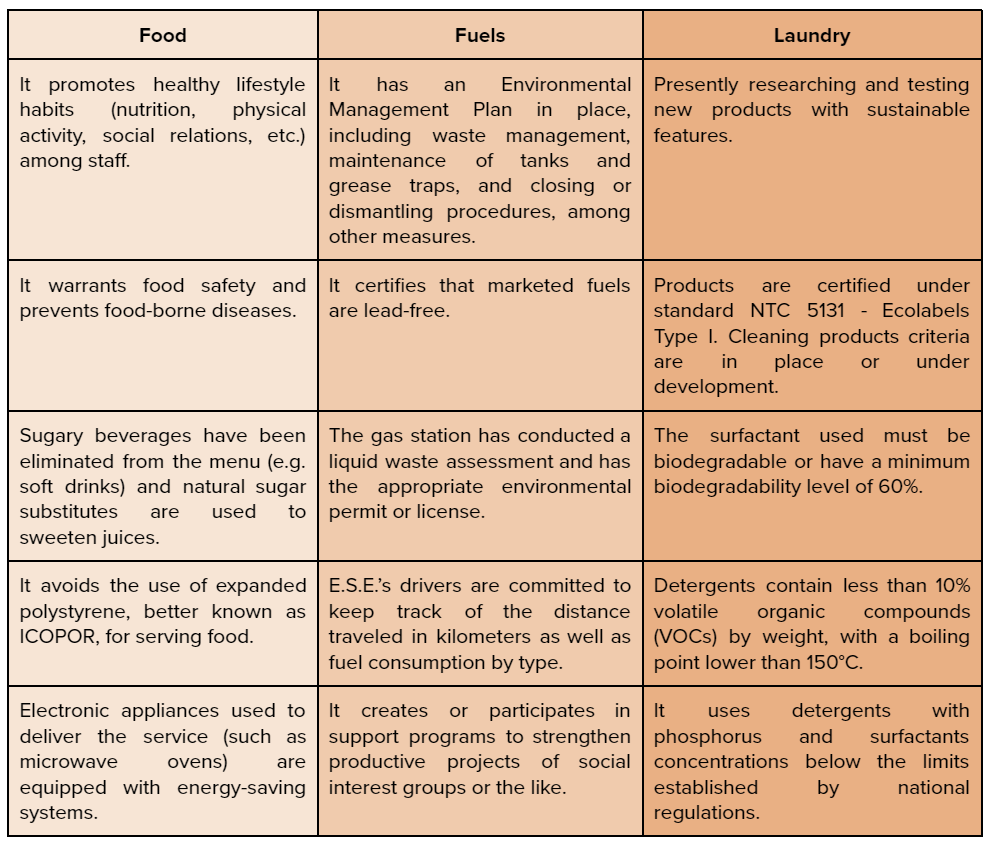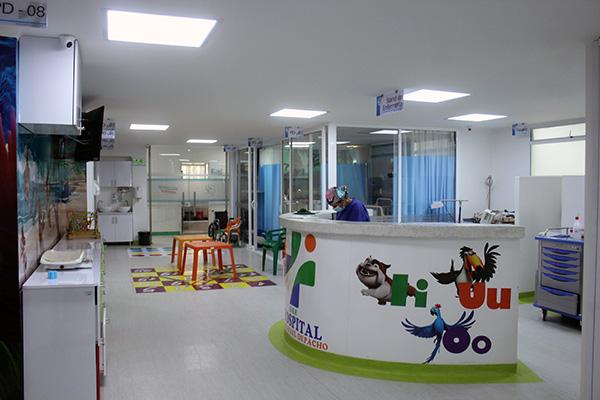Location: Pacho, Cundinamarca, Colombia.
Summary: The hospital started to work on sustainable procurement in 2018. After identifying and gathering sustainability criteria based on the Sustainable Procurement Guide, in 2020 the institution formalized and documented its sustainable procurement process, which is part of the Physical Environment Management Macroprocess.
This case study was first published in the Hospitales que curan el planeta report, produced by Health Care Without Harm Latin America.
Sustainable procurement
The hospital started to work on sustainable procurement in 2018. After identifying and gathering sustainability criteria based on the Sustainable Procurement Guide, in 2020 the institution formalized and documented its sustainable procurement process, which is part of the Physical Environment Management Macroprocess.
This process, also based on the Conceptual and Methodological Guide on Sustainable Public Procurement issued by Colombia´s Ministry of Environment and Sustainable Development, focuses on identifying the supplies and services required by the Hospital, defining the selection variables, and classifying those supplies and services for prioritization purposes.
The selection variables for determining the supplies and services’ priority level are: expenditure/entity’s total budget ratio; purchase volume; greatest environmental, social or reputational impact; ability to respond to demand; and green-markets participation potential. As a result of this process, supplies and services are classified into three priority categories: high, medium or low, which indicate the need to substitute the supply or service in the short, medium or long term, respectively.
Afterwards, applicable criteria were specified (compliant/non-compliant) for these services. Some of them are:
Evaluation and follow-up
The Hospital uses an indicator called percentage of green procurement.
(Valor de compras con criterios de sostenibilidad / Valor de las compras totales de la E.S.E*) x 100%
This indicator showed that in 20191 11.4% of all Hospital’s purchases were green, while in the third quarter of 20202 they reached 1.72% and in the fourth quarter of that same year, 1.18%.
In 2020, 769,325,067 million Colombian pesos (194.745 USD) were executed on sustainable products and services, an amount equal to 2.87% of the total budget.
Carbon footprint
Between 2016 and 2019, the Hospital reduced its kg CO2e per patient per year by 39%, which clearly demonstrates the commitment of all personnel.
To continuously strengthen the work being done on the different emission sources, a procedure called Tracking of Consumption Indicators was developed in order to identify performance changes at each source by means of monthly monitoring at the Environmental and Health Management Group’s committee.
Actions that have helped to reduce the Hospital’s footprint include:
- LED lighting: New devices were purchased and conventional fluorescent tubes and bulbs were replaced, covering 95% of the institution. Thus, energy consumption was reduced approximately 7% compared to 2019, representing a savings of more than 9 million Colombian pesos.
- Use of asbestos-free construction materials and lead-free paints; sanitary facilities saving up to 5.3 L per discharge compared to old restrooms; purchase of durable and easy to maintain materials; among other actions.
- Use of natural lighting: the relocation and remodeling of the Pediatrics Unit included a waiting-room with large windows.
- Gasoline use reduction of more than 2,000 L for patient transport. Thus, emissions from mobile combustion were reduced, which in 2019 represented 67% of Scope 1.
- Paper use reduction of 5%: 191 reams less (around 100,000 letter size sheets) compared to 2019.
- Use of medical gases with a lower global warming potential (GWP100), such as sevoflurane, whose GWP100 is 845 less than desfluorane and 94 less than isoflurane.
1. The increase in the percentage of sustainable procurement in 2019 is the result of the design and construction of the Pharmacy centralized mixing facility, the laundry facility and the affiliated health centers.
2. As regards 2020, calculations do not include green purchases from the construction works in Pediatrics and the Laboratory, that is, environmentally-friendly materials and LED lighting.



